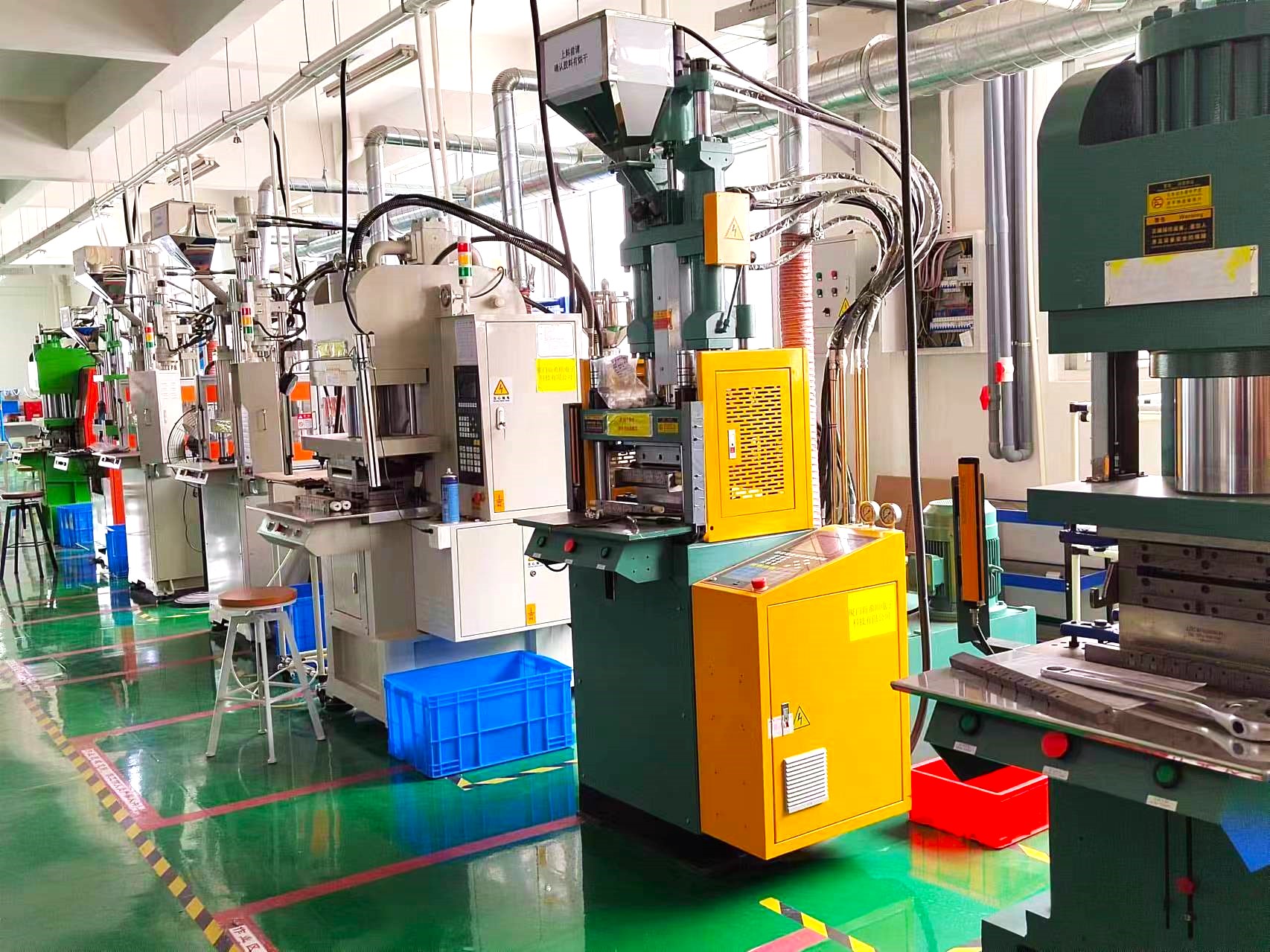
Customized USB Charging Cable Cord for Smart Watch Power Cable
Wiring Harness Factory Manufacturing High quality PVC Customized USB Charging Cable Cord for Smart Watch Power Cable Assembly. Provide in-depth OEM and ODM customization services, which can be customized and produced according to customer needs.
- Evershine
- Xiamen
- 7~15 days
- 100000pcs/month
- Information




What is a USB Cable?
A USB cable, short for Universal Serial Bus, is a common type of cable used to connect electronic components to computers or other digital devices.
It enables data transfer and power supply between devices, making it an essential tool in today's interconnected world.
USB cables are essential components in our interconnected digital lives, enabling data transfer, device charging, and peripheral connectivity.
In this blog post, we’ll take a closer look at USB cable assembly manufacturing, the different types of USB cables and connectors available to manufacturers,
how devices use each of them, and the impact these versatile connectors have on a range of applications across industries.
Types of USB cables
USB cables are available in various types, each designed for specific purposes and device compatibility. Let's explore the most common USB cables,
bearing in mind that connectors gradually get phased out as newer alternatives emerge:
Types of USB cables
USB cables are available in various types, each designed for specific purposes and device compatibility. Let's explore the most common USB cables, bearing in mind that connectors gradually get phased out as newer alternatives emerge:
USB Type-A: Originally introduced in 1996, USB Type-A cables are flat, rectangular USB connections that we typically find on computers, USB hubs, and even some AC power bars. Peripheral devices like keyboards, mice, printers, and external storage devices typically use USB Type-A to connect to a computer.
USB Type-B: The USB Type-B, also known as a printer cable, was introduced to the market shortly after Type-A. USB Type-B cables feature square-shaped connectors with beveled corners, and provide a secure connection for printers, scanners, audio interfaces, and external hard drives. While USB Type-B cables were common in the early 2000s, they are now rarely used due to the rise of USB Type-C.
USB Type-C: This versatile connector is rapidly gaining popularity, with Apple now using USB Type-C for its MacBook Pro and Air, iPad Pro, and some iPhone models. USB Type-C cables boast a smaller, reversible design, making plugging in easier. They are also suitable for smartphones, tablets, laptops, and video monitors. It provides faster data transfer speeds and higher power delivery for quick file transfers and efficient charging.
We should point out that older USB cables, including USB Type-A and Type-B, operate in a master/slave connection, where one end tells the other what to do. In contrast, USB Type-C offers a two-way connection as both connectors on the cables are identical, contributing to its versatility and cost-effectiveness.


















